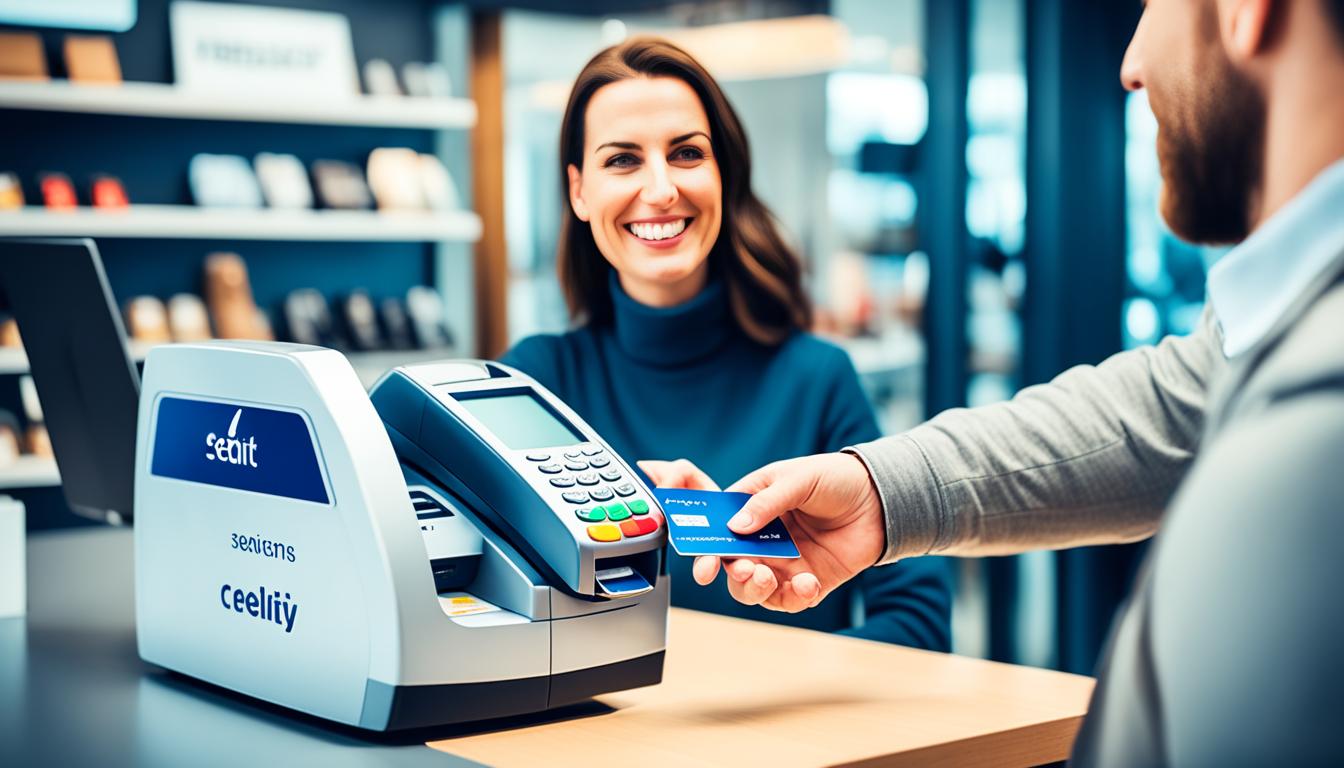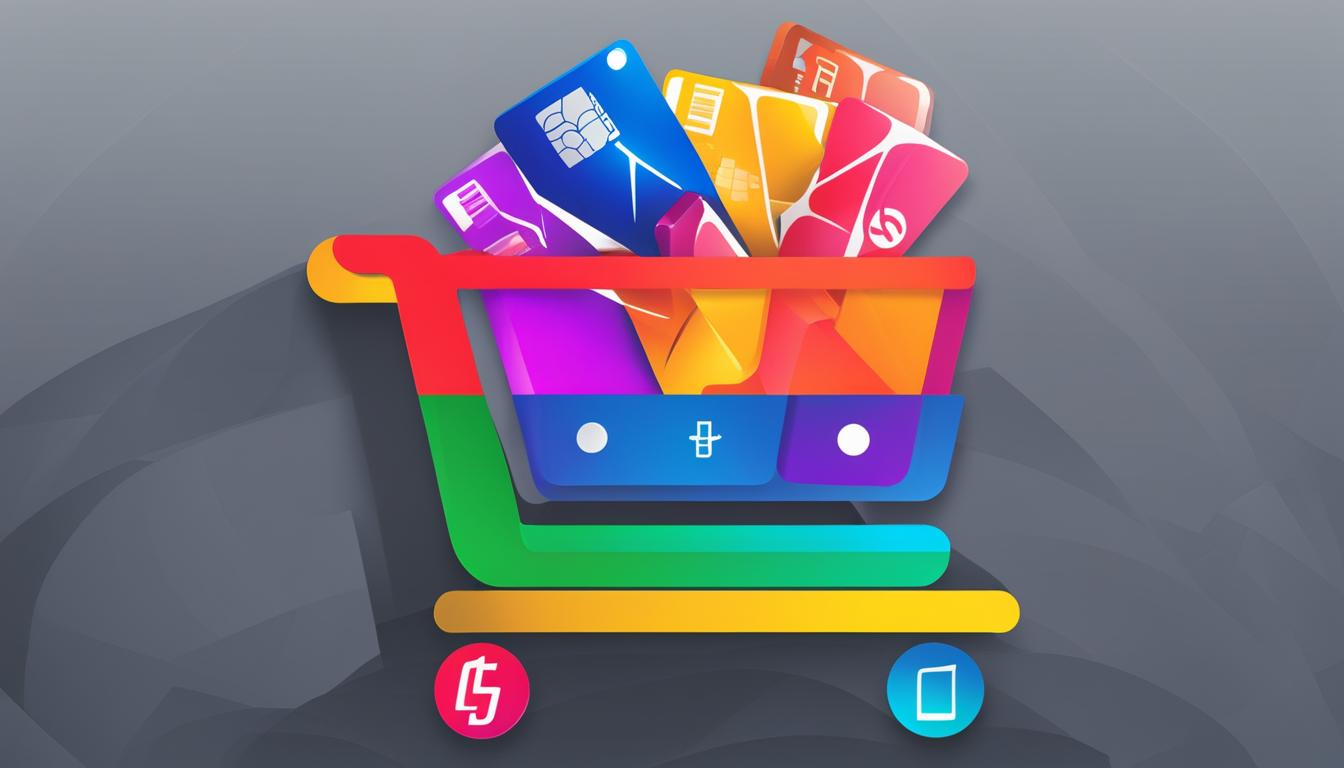In the realm of digital commerce, the bedrock of your business’s transactional capabilities lies within the realms of a secure and seamless online payment gateway. As you steer through the e-commerce landscape, having robust virtual payment solutions is not just a convenience—it’s a necessity. A virtual terminal payment gateway is your partner in crime for processing secure online transactions, ensuring that each credit card swipe, tap, or click results in a safe passage of funds.
Whether you’re an established business or a burgeoning startup, understanding the nuances of implementing a versatile and reliable online payment gateway is fundamental. It protects your revenue stream and simultaneously fortifies customer trust by offering uncompromised security. As you deliberate this digital transition, acquaint yourself with the foundational blocks of setting up a virtual terminal payment gateway that pledges staunch security and optimal user experience.
Key Takeaways
- Understanding what constitutes a seamless virtual payment gateway is pivotal for secure online transactions.
- Recognize the need for stringent security measures within virtual terminal payment solutions.
- Identify the steps necessary for a comprehensive setup of a virtual payment gateway.
- Discover how user-friendly interfaces contribute to a frictionless payment process.
- Familiarize yourself with the advantages of adopting a cutting-edge online payment gateway for your business.
Understanding Virtual Terminal Payment Gateways
In the realm of online commerce, the role of a virtual terminal payment gateway cannot be overstated. This digital marvel acts as a pivotal junction between customer payment information and your business’s bank account, functioning without the need for a physical card or point of sale terminal. Let’s explore the dimensions of this online payment processing tool and its significance for your business’s operational flexibility and growth.
What is a Virtual Terminal Payment Gateway?
A virtual terminal payment gateway is essentially an online version of a physical credit card terminal or point-of-sale system. It allows merchants to manually enter credit card information on behalf of the customer for transactions that take place over the phone, through mail order, or in situations where the card is not physically present. This digital solution serves as a virtual point of sale, authorizing transactions and ensuring that funds are transferred securely from the customer’s bank to the merchant’s.
Benefits of Using a Virtual Payment Gateway for Your Business
- Increased Accessibility: Processing payments from any device with internet access, at any time.
- Enhanced Security: Utilizing encrypted channels to protect sensitive information.
- Streamlined Operations: Integrating with other business systems for efficient data management.
- Customer Convenience: Offering flexible payment options to meet diverse customer needs.
How Virtual Terminals Work with Online Payment Processing
When it comes to online payment processing, virtual terminal payment gateways facilitate a seamless transaction flow. Here is a simplified breakdown of the process:
- A customer provides their credit card details to the merchant over the phone or via an online form.
- The merchant securely enters the information into the virtual terminal interface.
- The virtual terminal connects to the payment processing network, encrypting and submitting the transaction for authorization.
- Payment authorization is confirmed, with funds being allocated for transfer.
- The transaction is settled, and funds are deposited into the merchant’s account, typically within one to two business days.
By providing a bridge between the merchant and the financial institutions, the virtual terminal ensures that transactions are processed accurately and funds are secured promptly, establishing a robust framework for electronic commerce.
Virtual Terminal Payment Gateway: Ensuring Security in Online Transactions
The imperative for secure online transactions has never been greater. With cyber threats on the rise, your choice of a virtual terminal payment gateway can make or break the trust your customers place in your online business. This part of the article aims to cast a light on the robust security features of contemporary gateways that are paramount in protecting sensitive information during online credit card processing.
At the core of a secure virtual terminal payment gateway lies encryption. This technology transforms data into a code during transmission, thereby masking critical details from unauthorized entities. Here’s an outline of how advanced encryption secures your transactions:
- Data-at-rest encryption to secure stored customer information.
- Data-in-transit encryption to protect data moving through networks.
- End-to-end encryption (E2EE), which ensures only you and your customer can decrypt the transaction data.
Tokenization complements encryption by substituting sensitive data with unique identification symbols that retain all the essential information but do not compromise security.
Compliance with standards such as the Payment Card Industry Data Security Standard (PCI DSS) is non-negotiable. Gateways that adhere to these protocols demonstrate rigorous checks and balances, offering peace of mind that your virtual terminal is up-to-date with the latest in security mandates:
- Implementing strong access control measures.
- Maintaining a vulnerability management program.
- Regularly monitoring and testing networks.
- Ensuring information security policies are maintained.
To illustrate the multi-layered defense mechanisms further, consider a scenario where a customer inputs their credit card details on your website. Instantaneously, your virtual terminal’s encryption shields the data, while tokenization scrambles the numbers. Concurrently, PCI DSS-compliant systems are at work to ensure the transmission adheres to the highest security benchmarks. Therefore, by integrating these technologies, your business is armed against potential breaches.
Ultimately, the sophistication and resilience of security in your chosen payment gateway are vital in safeguarding transactions against fraudulent activity. As you navigate the myriad of options available for enabling online credit card processing, prioritize those virtual terminals that possess powerful encryption, advanced tokenization, and unwavering adherence to PCI DSS standards, ensuring a fortress of security around your online payments.
Conclusion
In the realm of digital commerce, the security of your online transactions is paramount. As we culminate this exploration into the world of virtual payment gateways, it’s clear that the path to achieving a secure and efficient payment process requires meticulous attention to the implementation of best practices in online credit card processing. These practices are not just guidelines but essential steps that fortify the trust your customers place in your business when they transact online. Let’s delve into tangible measures you can adopt to reinforce your system’s defenses against potential threats.
Best Practices for Secure Online Credit Card Processing
To maintain the integrity of secure online transactions, there is a gamut of best practices you should implement. These include ensuring end-to-end encryption of transaction data, regularly updating your payment software to patch any security vulnerabilities, and educating your team about the significance of cybersecurity. Vigilance in overseeing that protocols are adhered to cannot be overstated. It’s these thorough checks and balances that make the backbone of a trustworthy virtual payment gateway—a necessity in today’s e-commerce environment.
Choosing the Right Virtual Payment Solutions Provider
When selecting a virtual terminal payment gateway, your decision should hinge on factors that underscore reliability and security. Scrutinize potential providers for their track record in maintaining rigorous compliance with security standards, such as PCI DSS, and assess their customer support responsiveness. The provider’s reputation in handling secure online transactions acts as a testimony to their capability. By aligning with a reputable virtual payment gateway, you ensure that the financial transactions of your online business are not only efficient but armored against the evolving threats in cyberspace.
Understanding that the choice of your virtual terminal payment gateway can significantly impact your business’s operational fluency, always prioritize a solution that aligns with your specific needs. With the insights shared in this article, you’re now equipped to make informed decisions that will uphold the security and success of your online business transactions.








This Post Has 0 Comments